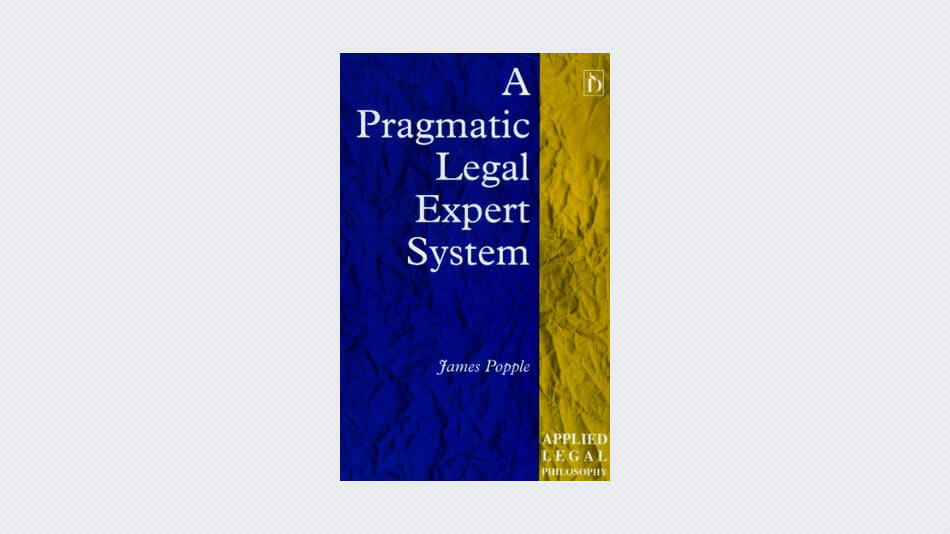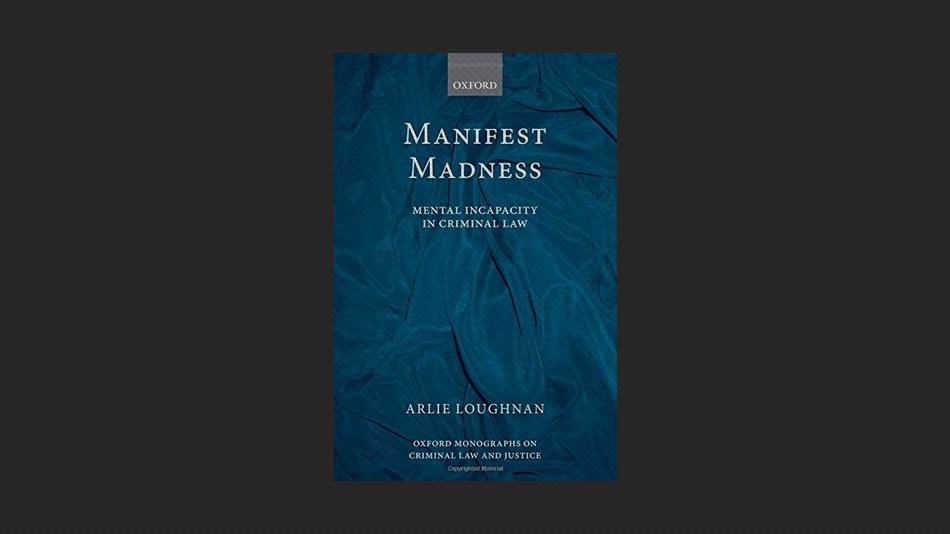The history of the development of legal expert systems has, for the most part, been characterized by the development and implementation of complex models of legal reasoning.
This book aims to show that a legal expert system need not be based upon a complex model of legal reasoning in order to produce useful advice. It advocates a pragmatic approach to the design of legal expert systems’an approach based on the way in which lawyers deal with the law on a day-to-day basis.
It argues that a system based upon a simple model of legal reasoning can still produce good advice, where that advice is evaluated by reference to the accuracy of the system’s predictions and to the quality of its arguments. Furthermore, such a system, with its simpler knowledge representation structure, makes simpler the process of knowledge acquisition.
These arguments are made theoretically, and then by example. I have developed a legal expert system which is based on a pragmatic approach to the law. The development and testing of that system, called SHYSTER, is described in this book.
SHYSTER is of a general design, so that it can operate in different legal domains. It was designed to provide advice in areas of case law that have been specified by a legal expert using a specially developed specification language.
SHYSTER is a case-based legal expert system. Its knowledge of the law is acquired, and represented, as information about cases. It produces its advice by examining, and arguing about, the similarities and differences between cases. By contrast, a rule-based expert system represents the law using rules. A hybrid system uses both rule-based and case-based techniques. SHYSTER has been designed so that it can be linked with a rule-based system to form a hybrid legal expert system.
- Chapter 1 presents a critical analysis of previous work of relevance to the development of legal expert systems.
- Chapter 2 explains the pragmatic approach that was adopted in the development of SHYSTER.
- The implementation of SHYSTER is detailed using examples in chapter 3.
- Chapter 4 describes the testing of SHYSTER, and conclusions are drawn from those tests in chapter 5.
- Examples of SHYSTER’s output are provided in appendices.





